Focused Improvement Vision
- To eliminate all possible losses to improve safety and productivity, and reduce defects and production costs.
- To create a Continuous Improvement culture utilizing the Focused Improvement (Kaizen) technique to achieve maximum productivity of people, machinery, and material utilization, resulting in ZERO Accidents, ZERO Waste, ZERO Defects, ZERO Losses.
How Does It Eliminate Losses?
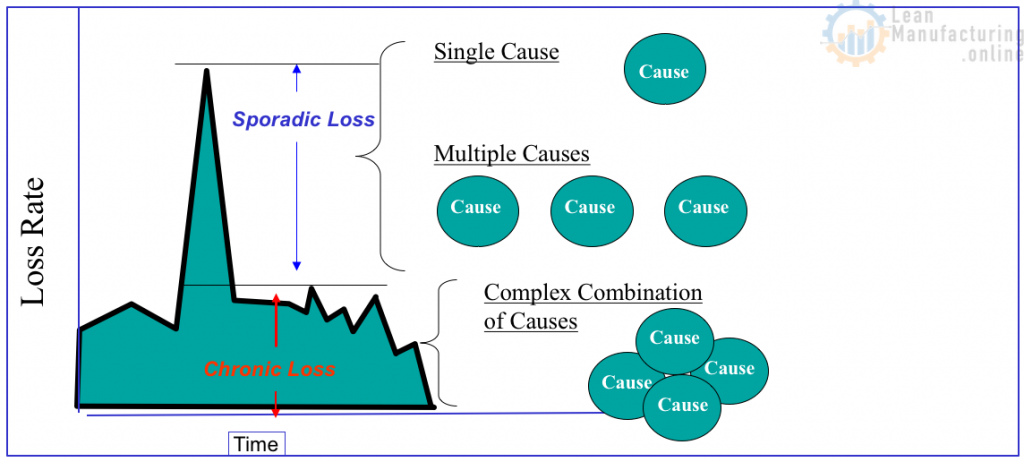
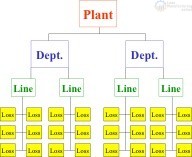
What is Different About the “Focused” Improvement Technique?
- Structured data collection, (using the Loss Tree and TPM Indicators) to provide Focus on key problems (losses)
 Use of structured problem-solving tools in a small team approach to determine and eliminate root causes
Use of structured problem-solving tools in a small team approach to determine and eliminate root causes
An Effective TPM Gearbox System
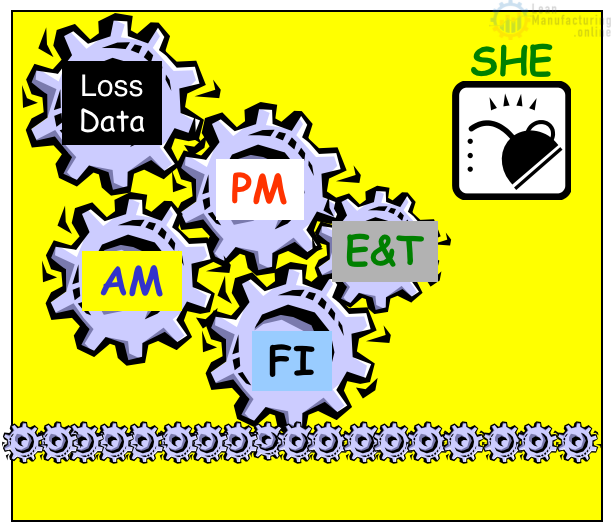
TPM Improvement Model
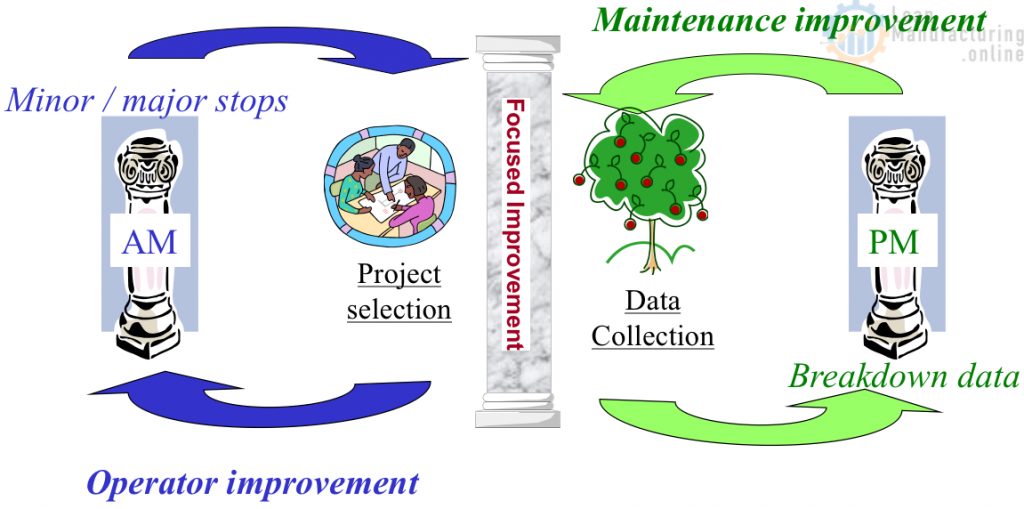
Focused Improvement Process Steps
- Collect Data
- Identify, Prioritize, & Select Projects (FI Topics Registry)
- Ensure Equipment Is Restored (Step 1 of AM Pillar)
- Establish the Team
- Use the CAP-Do Process to manage the improvement cycle
- Monitor and Hold the Gains
- Document the Project (Kaizen Summary Sheet, Kaizen database)
- Celebrate Success
- Replicate Where Applicable.
- Share Learnings (Kaizen database, CI and Pillar SOP’s )
Loss Tree Model
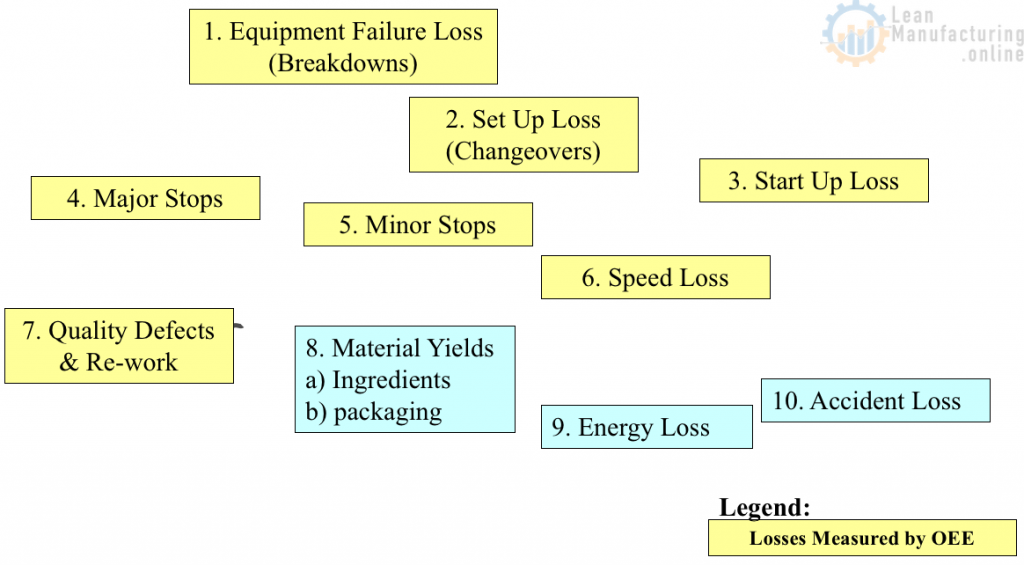
How Are Loss Tree Losses Captured?
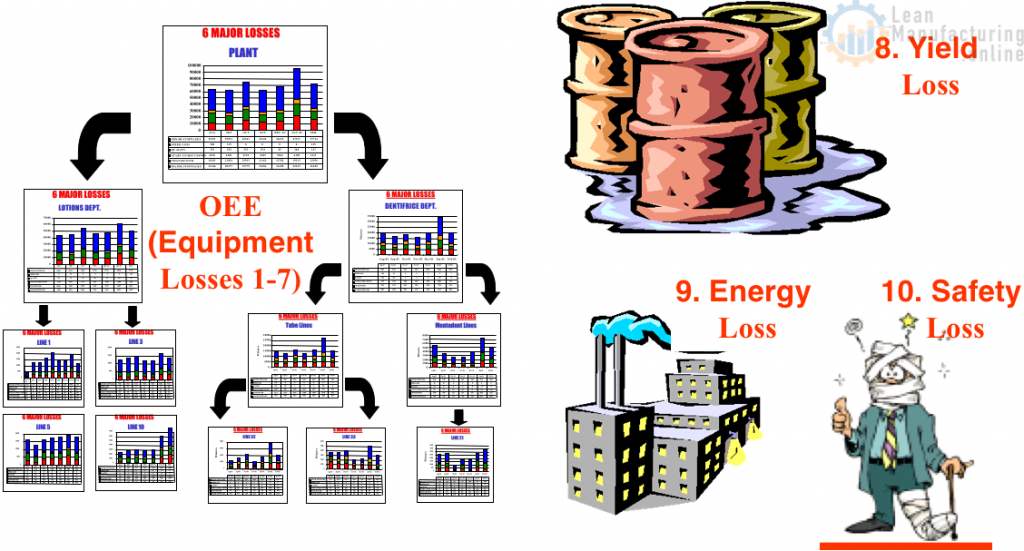
OEE Data Collection (Equipment Loss) By Line, By Loss Type
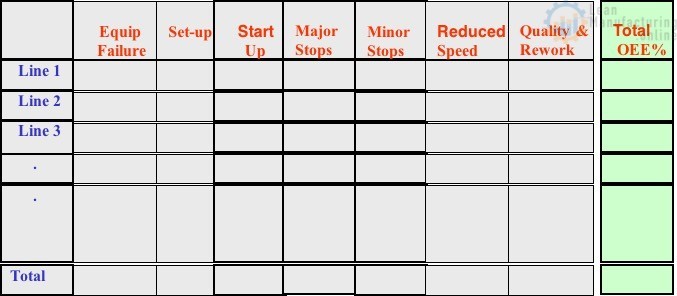
The population of the Site OEE Loss Tree
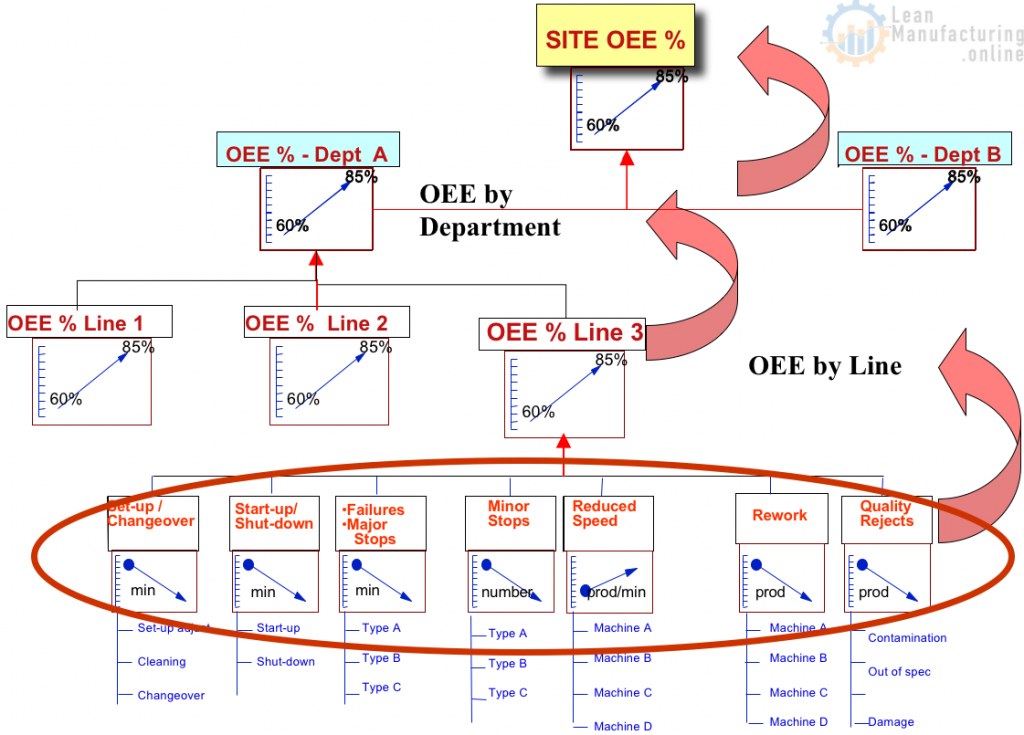
Loss Tree Cascade Example Breakdown of OEE by Department
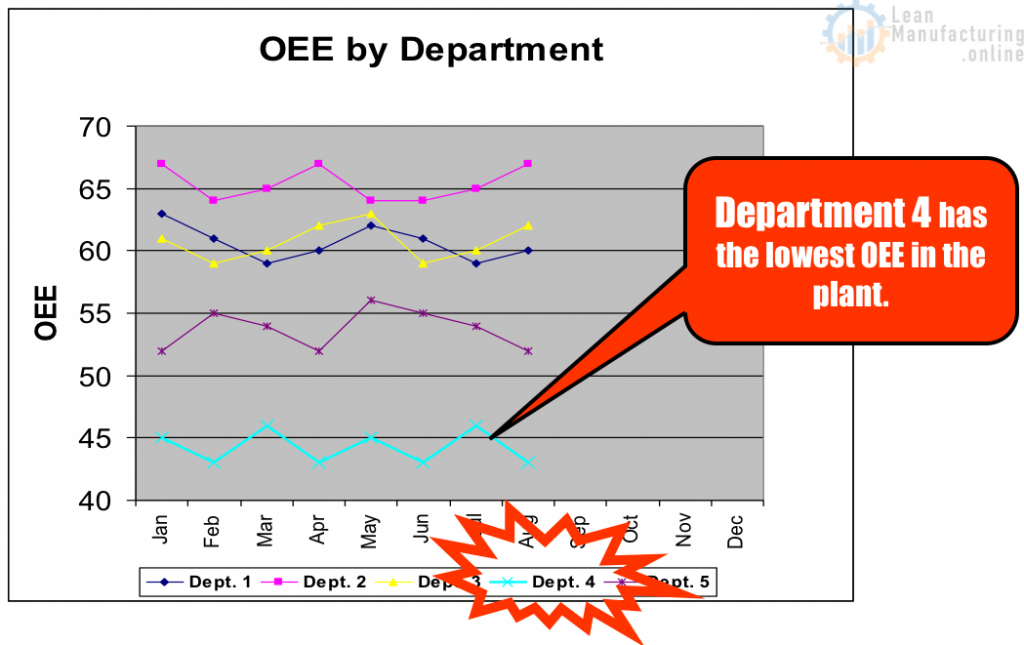
Loss Tree Cascade Example Department 4, Breakdown by Losses
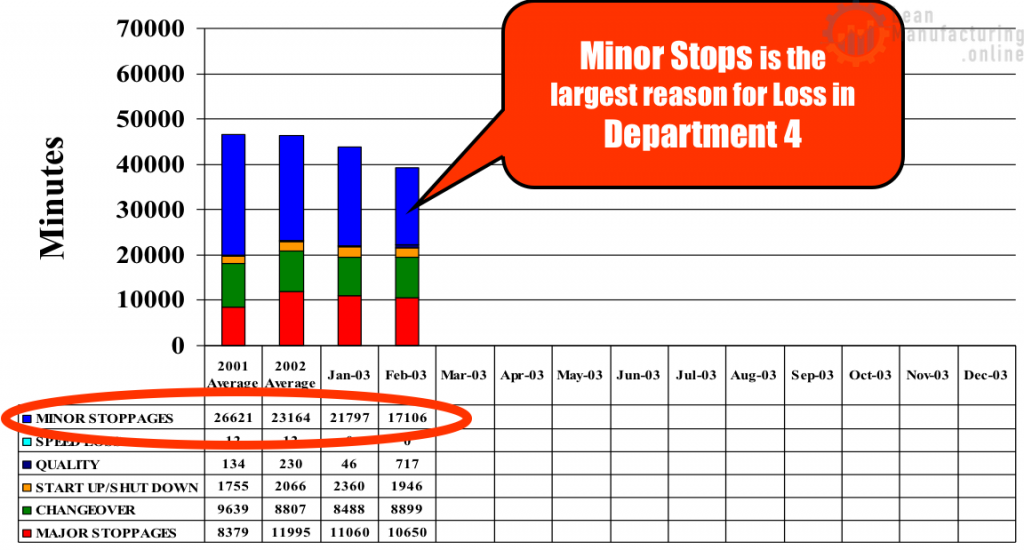
Loss Tree Cascade Example Minor Stop Loss in Dept 4 Breakdown by Line
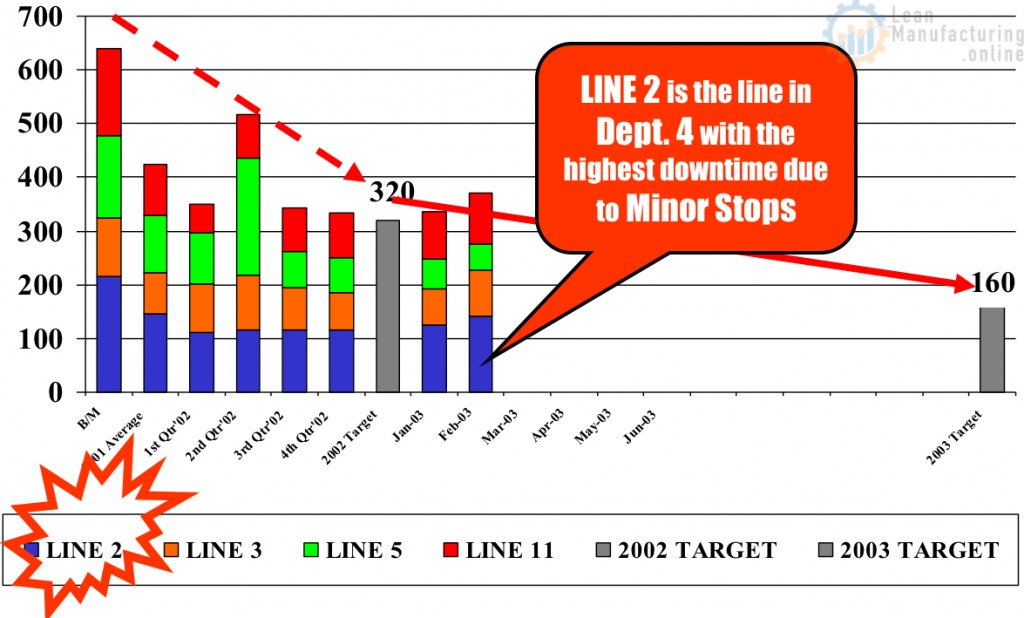
Loss Tree Cascade Example Line 2 Minor Stops, Breakdown by Equipment
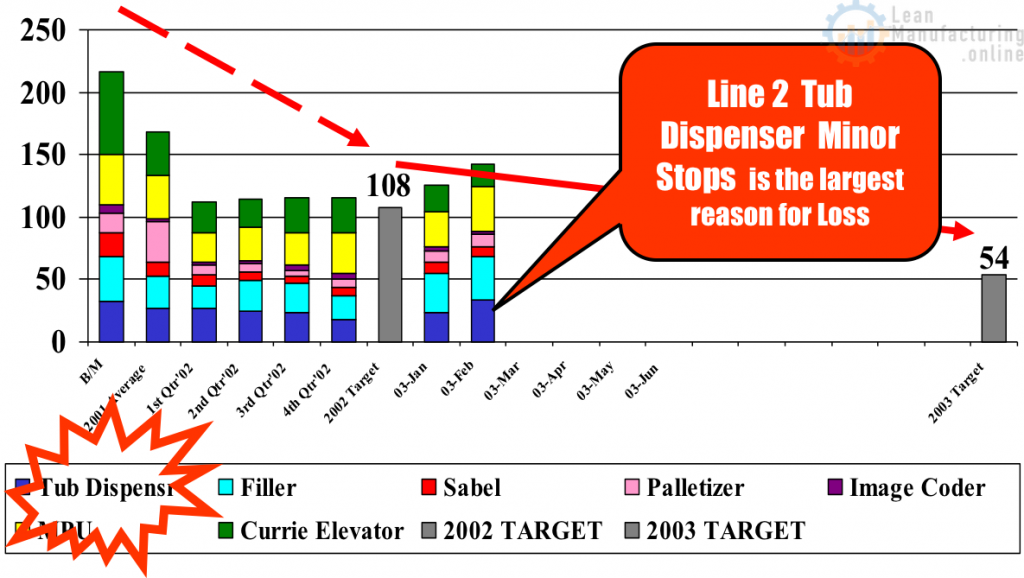
Loss Tree Cascade Example Summary
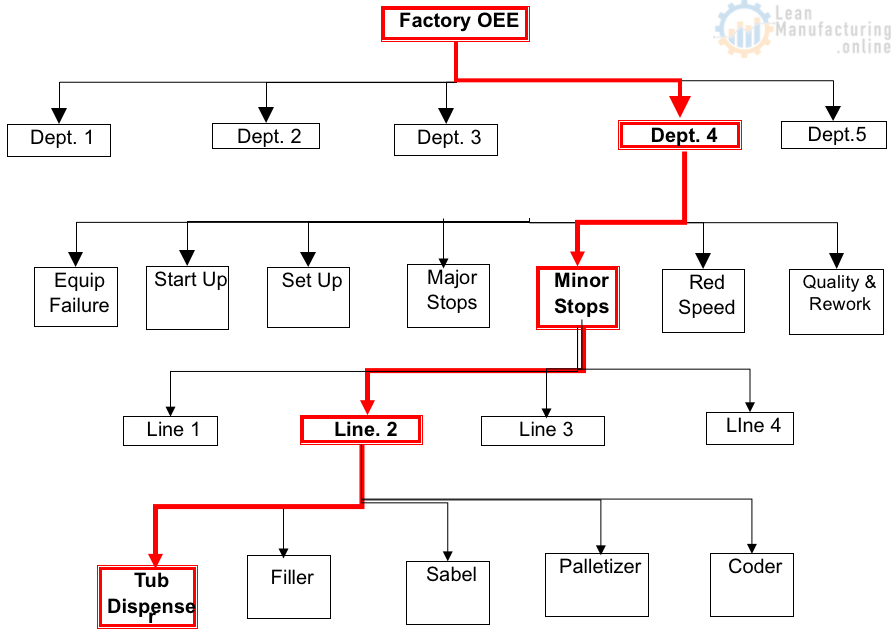
Loss Tree – OEE Cascade – Example Project Identification
Problem identified: Minor stops related to the tub dispenser on Line 2 in Department 4 are causing significant (measured) downtime.
Loss Tree Losses Not Related to Equipment – Accident and Yield Losses
Another Source of Loss Data: TPM Indicators: Productivity, Quality, Cost, Delivery, Safety, and Morale (PQCDSM) can identify things such as:
- Quality Loss due to Consumer Complaints
- Efficiency losses due to Schedule attainment
- Customer losses due to Order Fill
Improvement Suggestion Programs
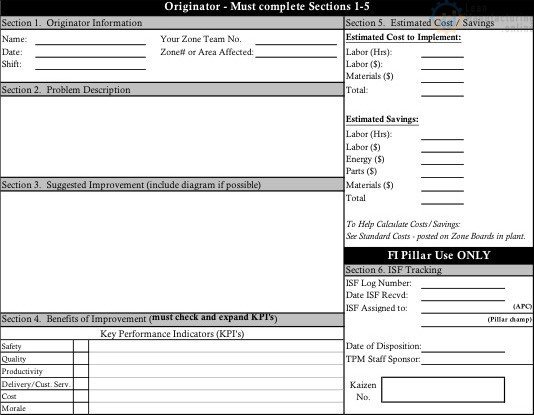
What MUST All Potential Projects Have in Common?
They MUST be :
- Safe
- Measurable (Data exists)
- Significant (Linked to Losses)
- Manageable
- Likely to Succeed
One of the first considerations when prioritizing projects is to look at the difficulty of the project versus its importance in eliminating losses. If the project is a low difficulty but a high potential to eliminate losses, this is a QUICK WIN project. Those with high difficulty, but the low potential to eliminate losses, should be left till last….Solve everything else first. The other category to look at is those of extremely low difficulty. These fall into the JUST DO IT, where an official “project” may not even be required.
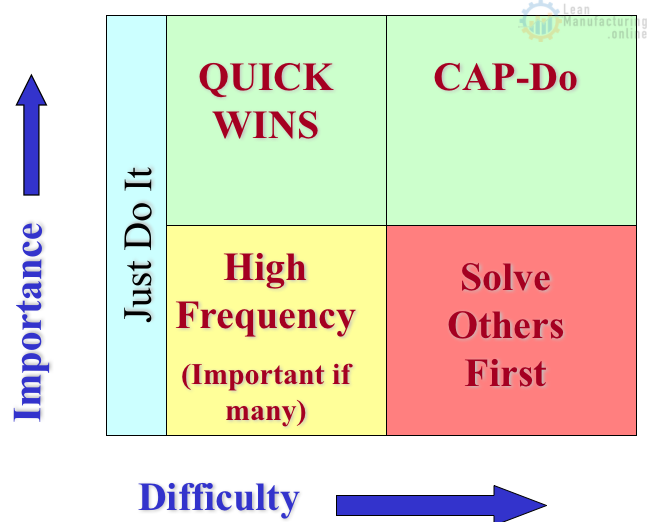
High Difficulty, High Importance Prioritization Matrix Tool
Projects in between the extremes can be prioritized using a Project Selection Matrix tool.
This tool attempts to remove the emotion (“pet projects”) and lend some objectivity to the process of selecting the right ones to implement.
The theory behind the tools is as follows:
- 4-6 criteria are identified that are important in picking the right project. These criteria are adjustable to the type of project.
Examples of criteria (ROI, Fits Strategy, Acceptable Risk, Can be Done in X time, etc):
- A WEIGHTING of 1-10 is assigned for each criteria…How important is each criteria in the selection of the project?
- Potential projects are then listed on the left-hand side.
- For each project, identify how well it fits that each criteria on a scale of 0-3 (Rate)
- Multiply the Rate x Weight for each criteria
- Calculate the total score for each project idea
- Rank the projects.
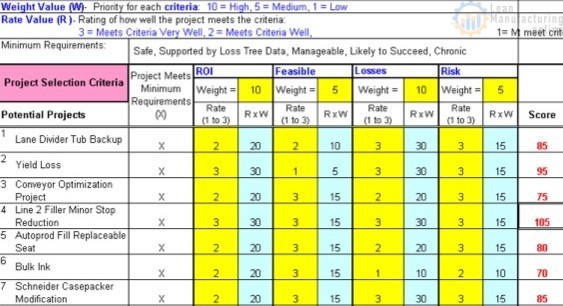
Focused Improvement Topics Registry
Once projects are selected, they should be recorded in the Topics Registry.
This Registry identifies :
- The Topic
- What area of the plant it impacts
- What Loss it addresses
- Which Pillar is responsible
- The status of the project
This Topics Registry should be maintained as an integral part of the FI process.
Ensure Equipment Has Been Restored Using AM Step 1
- If Yes, continue to step 4
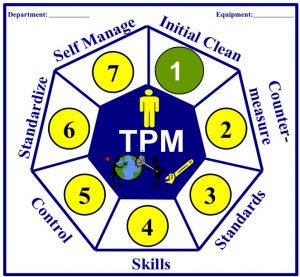
- If No: 2 options –
- First, restore equipment then continue to step 3
- Return to FI Step 2 and select another project
Ensuring that the Equipment has been restored refers to the AM Step 1.
If the equipment has not yet passed through AM Step 1, problems can often be resolved through the initial cleaning and inspection. It makes sense to go through this step first before looking for further more complicated answers.
Establish the Team
A special case of this is the Deep Kaizen…
Deep Kaizens teams take considerable resources from the site. Generally, they involve 4-5 people several months to complete. For this reason, a formal charter should be written and approved by the Steering Committee.
This Charter would include:
- Clear mission
- Deliverables
- Indicating measurements
- A measure of when the project is considered complete.
- Identify team members
- Typically cross-functional, but not necessarily
- Establish a clear mission & deliverables for the team
Use CAP-Do Process
The 5th Step of FI is to use the CAP-Do Process to manage the improvement project.
The initials “CAP-Do” stands for :
Check
where data and observations are gathered and the problem is objectively defined in detail
Analyze
where the problem is analyzed, based on the CHECK data, and root causes determined
Plan
where an Action Plan is developed. This is sometimes separated into Short Term, Intermediate-Term, and Long Term Actions.
Do
where the Action Plan is implemented and training takes place. Also as part of this Phase, results are monitored.
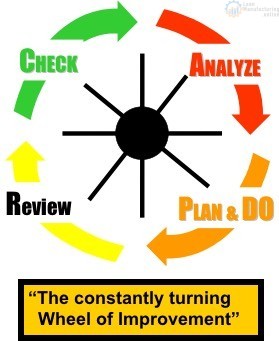
It is a problem-solving tool that aids in managing and achieving maximum results from improvement activities.
Each phase of the CAP-Do has its own discreet steps and tools to use. Some of the tools utilized in each Phase are listed on this chart.
These will be covered in detail in the CAP-Do presentation.
The CAP-Do process is often represented as a cycle. Each phase prepares for the next phase and flows naturally into it.
An understood extension of “Do” is to Observe results with the goal of “Holding the Gains”
If the gains are not held, this leads back to Check and re-news the CAP-Do cycle. This cycle will continue until you reach a point where the gains are held.
This is an example of Focused Improvement Step 6: Monitor and Hold the Gains, as well as FI Step 7: Document the Process.
This is a standard form that is used to summarize and document FI projects for archiving and databasing.
In this particular example, this improvement project to reduce the number of Country Crock Light complaints was not closed out until the gains had been held for several months worth of data. This length of time is somewhat unusual due to the nature of complaint data, but it shows the general idea. Problems cannot be assumed to be “fixed” without collecting the data to prove it.
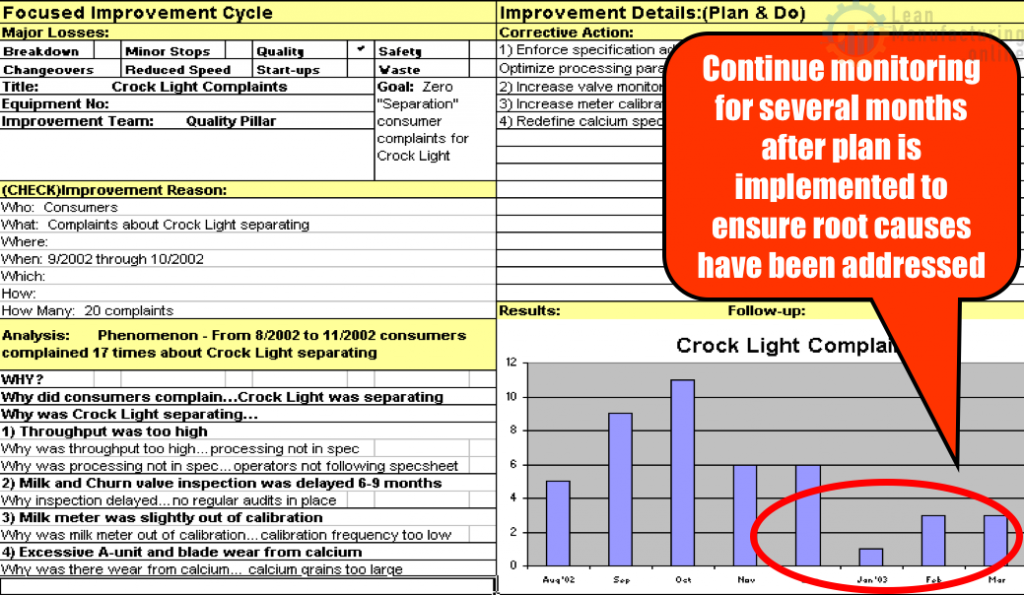
Document the Project
There are 2 ways in particular that each Kaizen should be documented.
As seen before, this is a standard form for summarizing and documenting a Kaizen.
The sections include:
- A “header” section where key information is identified to categorize the Kaizen so that it can be searched and found in a database
- A section for each of Check, Analyze, Plan, Do
- An area to put Before and After photos, if desired
- Follow Up actions
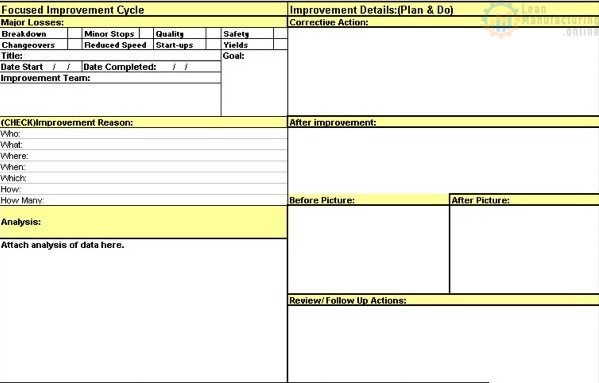
Create database. By using categories such as Product Technology, Type of Loss, Equipment Type, and others, the database can be searched and improvements found, together with the investment cost and the dollar benefit.
There is also the capability to attach the more detailed Kaizen summary sheet within the record. A contact name/email is given for each Kaizen if more information is desired.
By pooling our information and adding Kaizens as they are completed, the database becomes a richer and richer source of wealth for all sites.
- Capability to Search On:
- Product Technology
- TPM Pillar
- Type of Loss
- Equipment Type
- AND MORE
Final steps:
- Celebrate Success. One thing that we rarely do enough of is Celebrate our successes…Whether this is an individual recognition, team recognition, or site recognition, we need to start making a cognizant effort to reward success.
- Replicate Where Applicable. Once a successful Kaizen is completed and positive results achieved, the next question should be: “Is there any way to leverage this learning anywhere else on the site?”. In this example, a process change for sauces in which cook times were reduced by increasing cook temperatures for 3 flavors, the improvement project was repeated for 3 additional flavors. This is an excellent example of replicating improvements.
- Share Learnings (Kaizen database, CI, and Pillar SOP’s): The final step in the Focused Improvement Process is to Share Learnings. In this context, this process step is referring to learnings ACROSS sites. Several practices are in place to assist in this…
- The Continuous Improvement SOP
- Other Communities of Practice: (Pillar SOP’s, Product Technology SOP’s as for finished goods)
- The Intranet Kaizen database was just described.
It is a key responsibility of Continuous Improvement to participate in sharing our learnings with sister sites. This is the spirit of TPM.
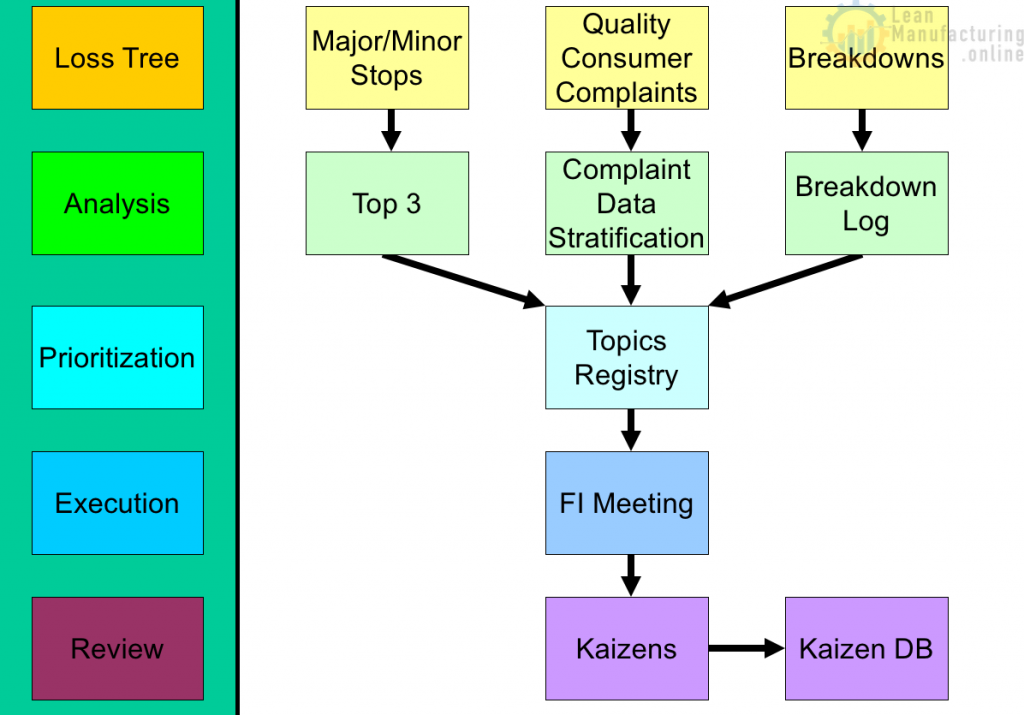



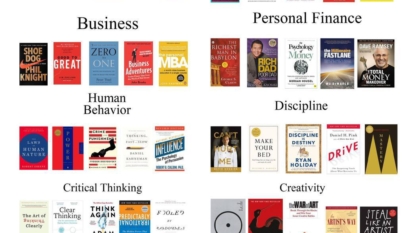
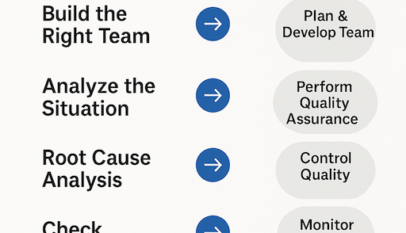



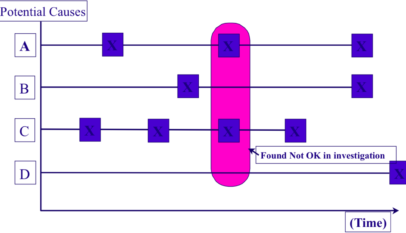
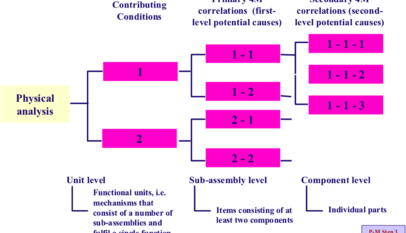
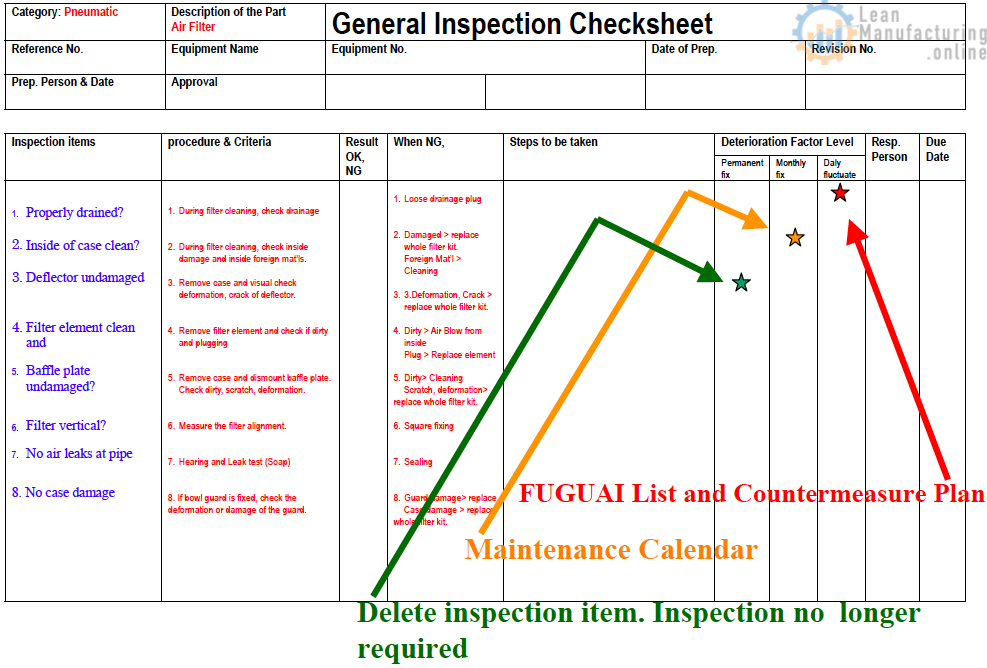
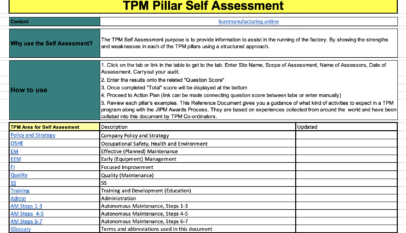
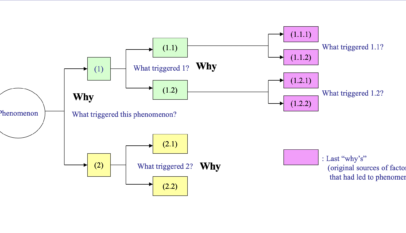






1 Comment